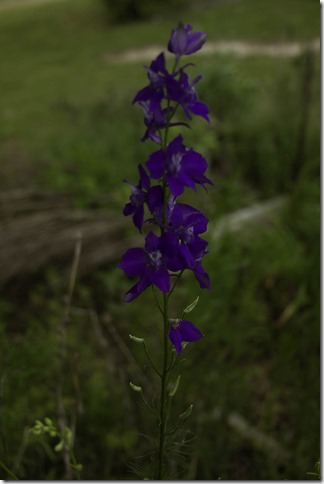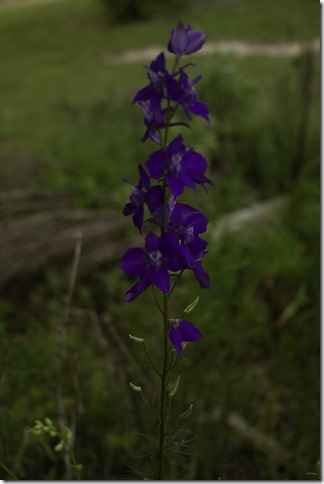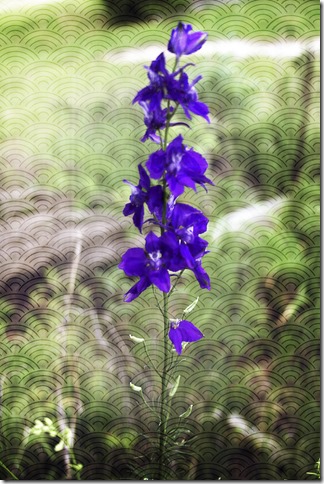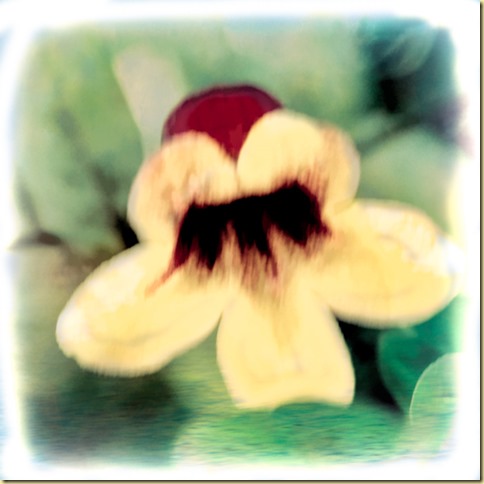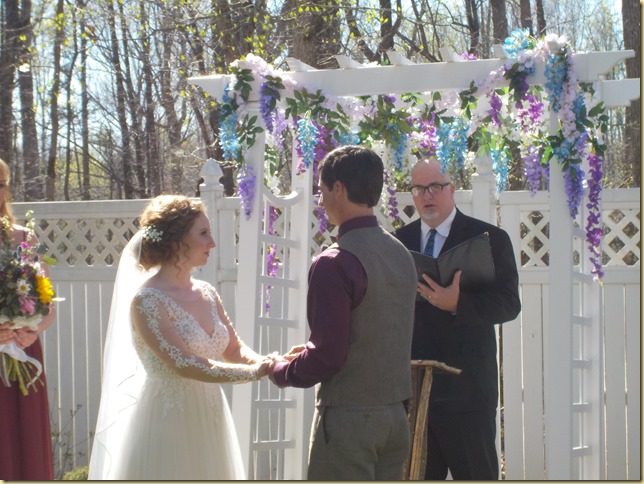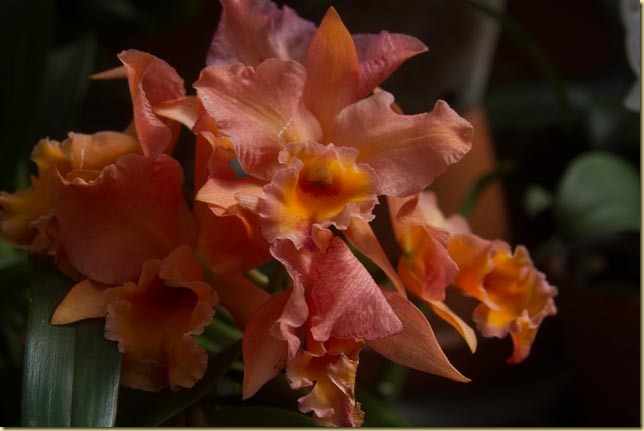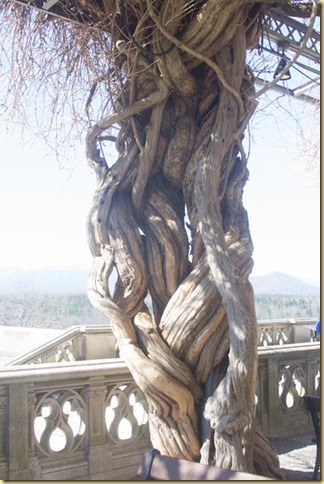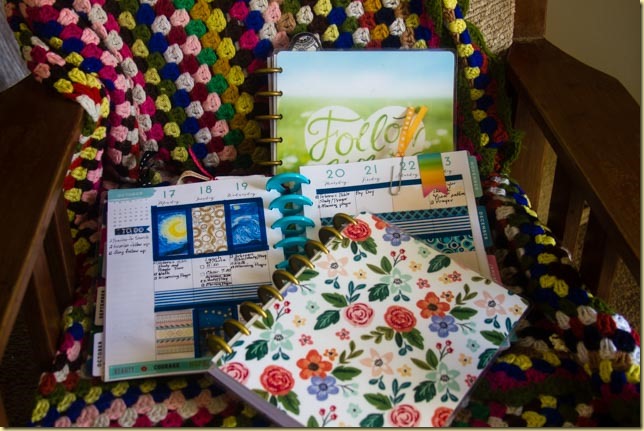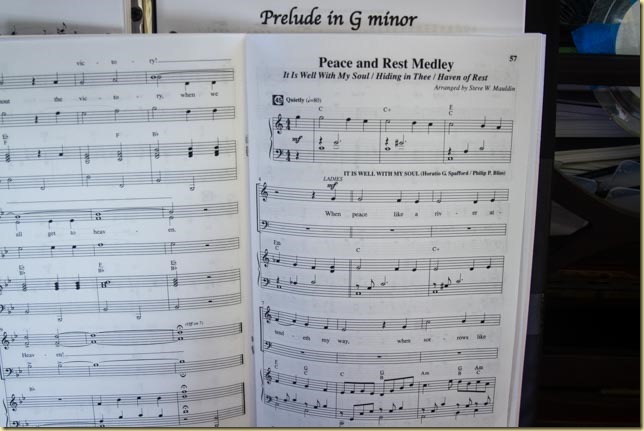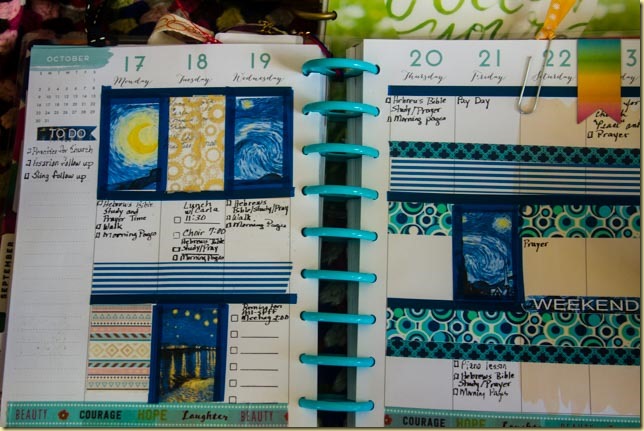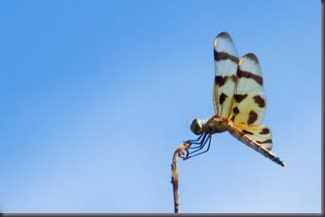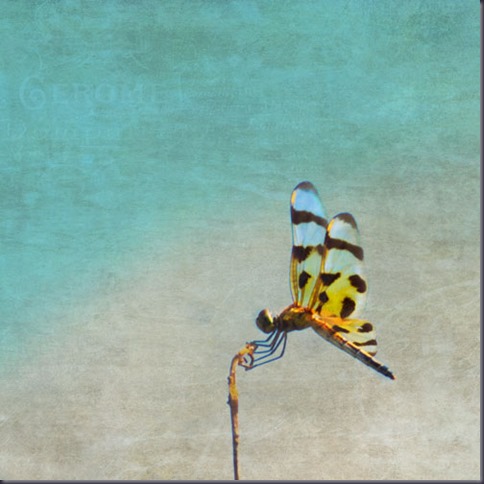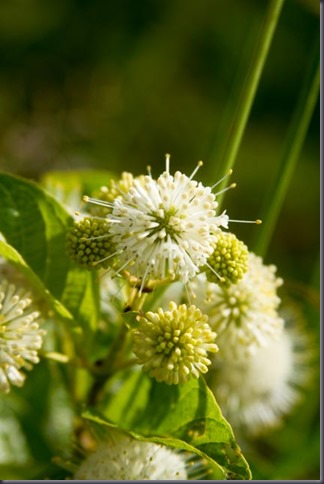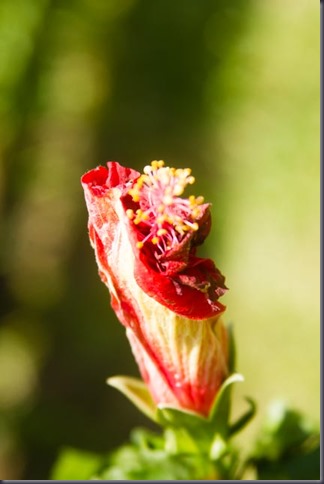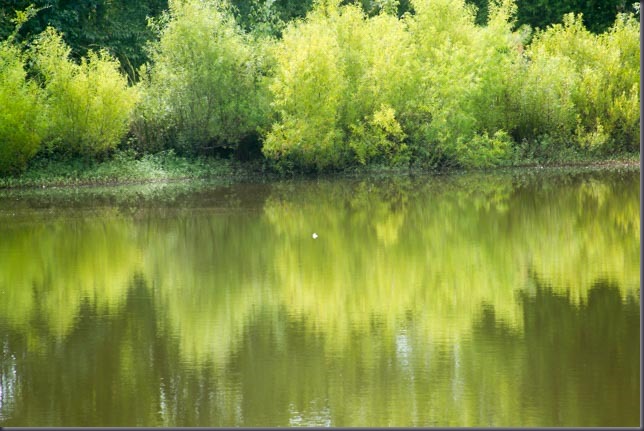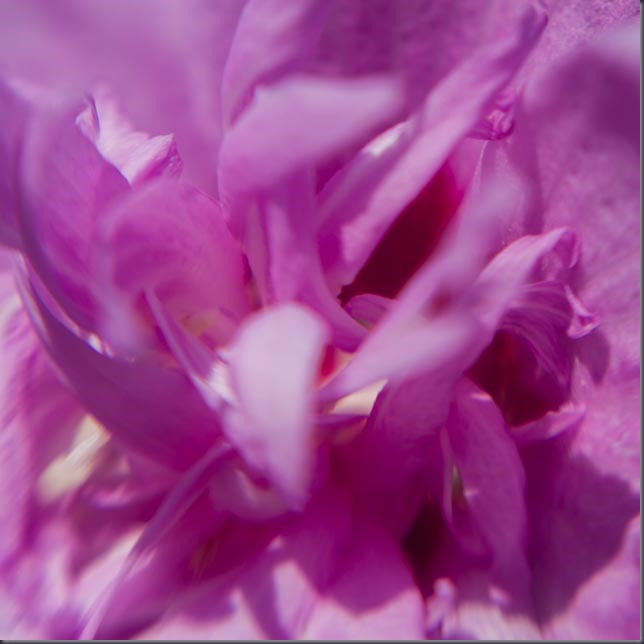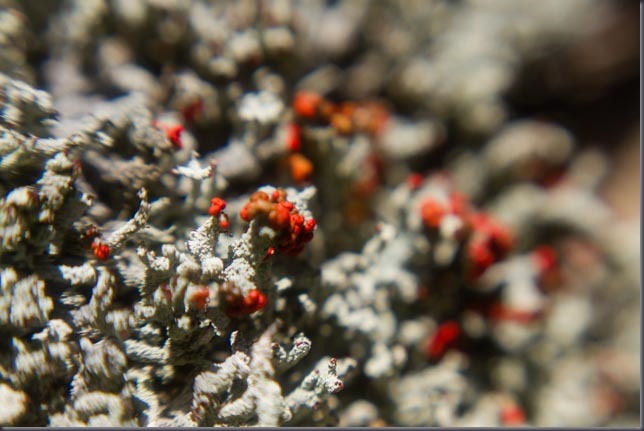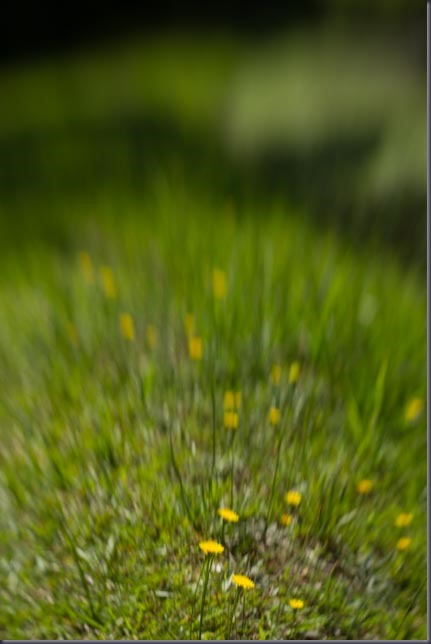It’s Saturday, and I am noticing a change in the air. The days are getting shorter, but the weeks seem longer. Perhaps it’s because I’m back at work for the September mod at Remington College.
It is September. In just two or three days, the autumnal equinox will occur. Now, I confess I’ve forgotten more than I ever knew about equinoxes and solstices except the summer solstice is the longest day of the year and the winter solstice is the shortest day of the year. I’m not sure what the equinox means anymore (except they fall between the solstices. I guess someone had to have a name for those “in-between” times).
Here’s what I’ve been doing since my last post.
1. Teaching. I’m still teaching composition courses for Remington College. I do so much enjoy teaching the adult learners. This mod, I have a whole slew of students! Twenty-two, in fact. Now, coming from a public school background, twenty-two may not sound that bad; I had up to thirty-six students in some of my high school classes. But for this small career college, a class of twenty-two is large. In fact, we had to change classrooms because I ran out of chairs and computers.
2. Photography classes. I am retaking Galia Alena’s Camera Craft series, which began in June. I will finish up the final lessons next week. This course series is “technical,” but not so technical that it ignores the more artistic side of photography. In the first four weeks, the emphasis was on the basics—composition, exposure, post-processing, and similar topics. The last four weeks focus on light, and not just the theory and technical aspects. I think I could take this course every year and still learn something new. I enjoy the more artistic aspects of the course, focusing on the aesthetics rather than the correctness.
3. Reading. Okay, I admit that I get in a rut when it comes to reading. I love Regency romances, those novels set at the beginning of the nineteenth century involving the aristocrats and nobility of England. These novels are pure fluff, brain candy, entertainment. I love a story with a happily-ever-after ending. But I have read a couple of things with more substance, although the entertainment value is still there: a couple of Steve Berry novels, including The Lincoln Myth, and the last Dan Brown novel, Inferno.
4. Learning some new Photoshop and Lightroom techniques, such as converting color images to black and white and using luminosity masks. I know converting to black and white is not really new. I’ve tended to use actions developed by others for Photoshop or presets for Lightroom or the black-and-white adjustment layer in Photoshop. But at the encouragement of Galia (see #2 above), I am trying other ways. And luminosity masks are rocking my world right now!
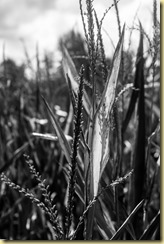
I took this image of the sun shining through the corn leaf at the beginning of the month. I used a luminosity mask in the blue channel, and lo! and behold! I found some detail in the sky! Oh, my goodness! The sky was pretty blown out when I started the editing process. And then I used the saturation slider to remove the color in Lightroom, the black and white sliders to set the points for pure black and pure white, and the highlights and shadows sliders to adjust for details. I really like the results. Just for fun, here is the original.
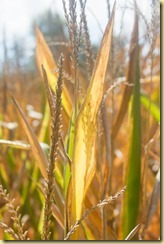
See what I mean? You can’t see the clouds in the sky.
The second image I played with is of some pink crape myrtle blooms. I used the same basic process of conversion to black and white in Lightroom that I described above, but then I took the image into Photoshop for additional manipulation. I used the “Render” filter to add a lens flare. Adding the lens flare added small bits of color back into the image.
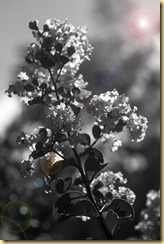
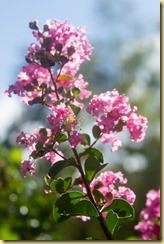
I love both the black and white and the color image. It’s hard to choose a favorite.
And the last thing I’ve done in the last few weeks is get my computer tweaked again. Our friendly, neighborhood computer technician Cale H put in a new solid state hard drive and increased the RAM in my five-year-old Toshiba laptop, and she’s running like a young deer now. I’m happy! I’m glad I didn’t have to replace my computer.
Days are getting shorter, but in reality, the weeks are not getting longer. My goal is to keep learning something new each day. Maybe that’s why the weeks are longer. I’m filling up each day with so much goodness.


